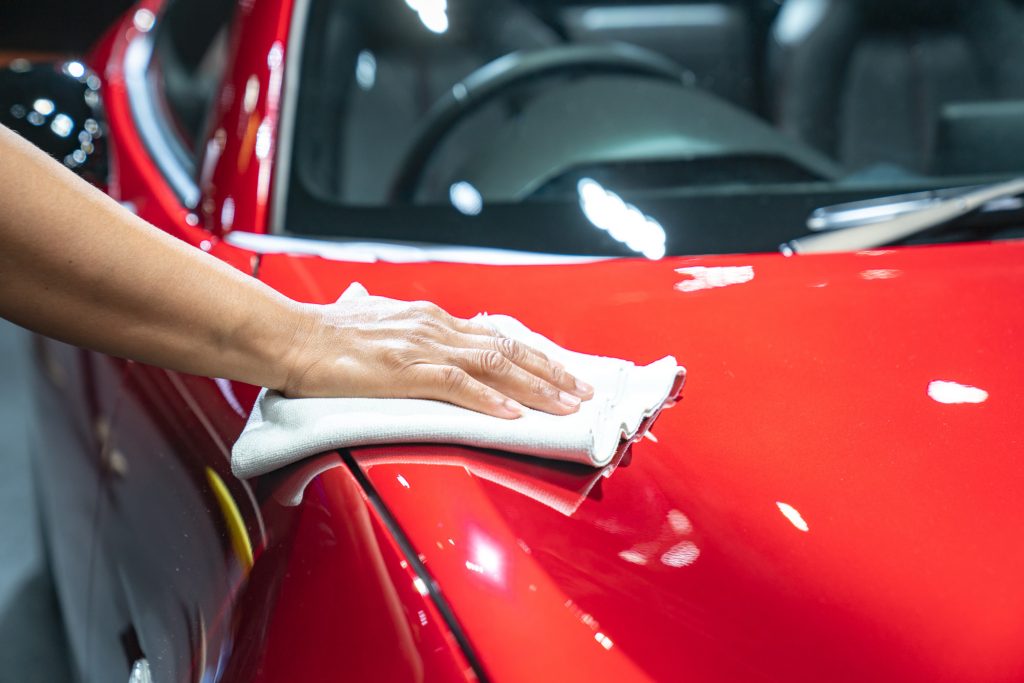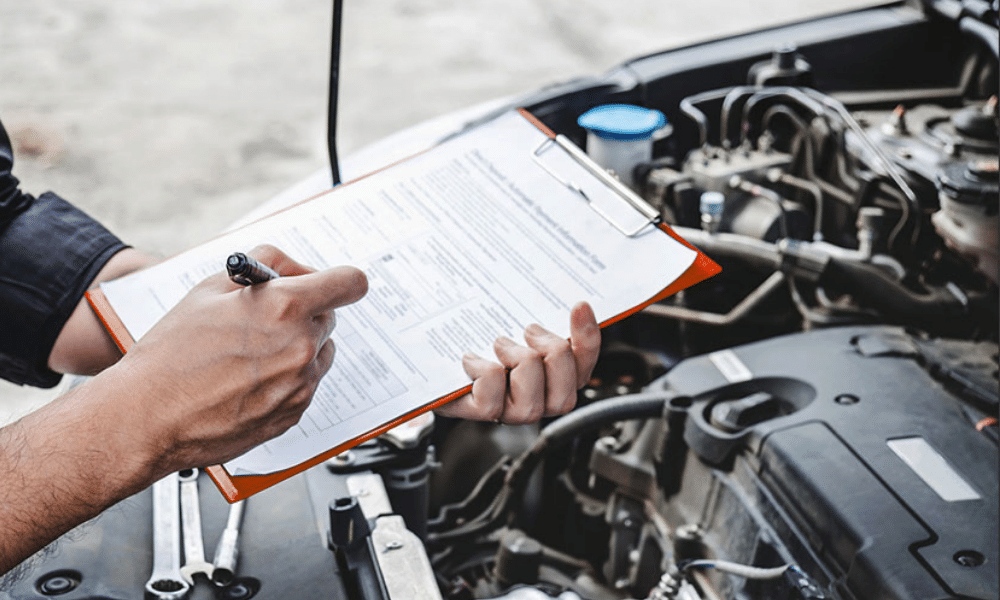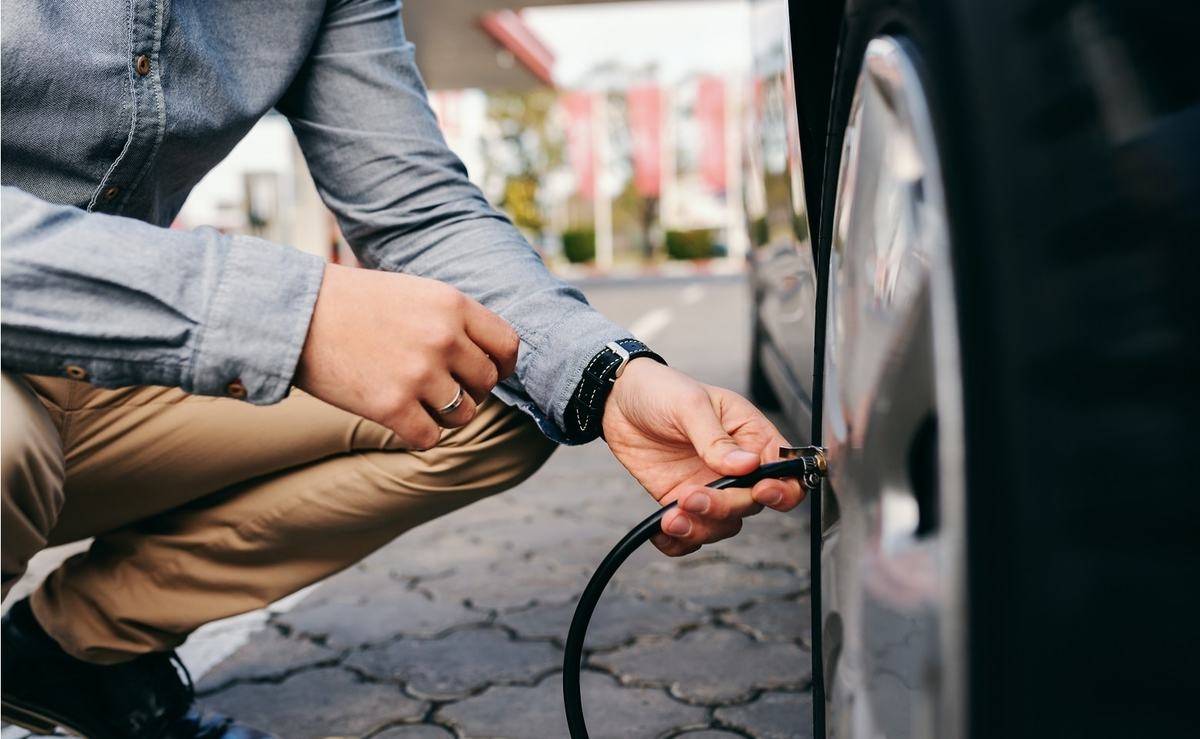Owning a car requires more than just driving it from one place to another. Regular maintenance is essential to keep your vehicle running smoothly and ensure its longevity. Proper care can prevent costly repairs, improve performance, and enhance safety. Whether you’re a seasoned car owner or a new driver, understanding basic car maintenance can save you time and money in the long run. In this article, we’ll explore expert tips and practical advice on how to maintain your car properly, so it stays in optimal condition year-round.
Regularly Check Fluid Levels
One of the easiest and most important car maintenance tasks is checking and maintaining your vehicle’s fluid levels. Fluids like engine oil, coolant, brake fluid, transmission fluid, and power steering fluid are essential for the proper functioning of various components in your car. Low or dirty fluids can lead to engine overheating, poor braking performance, and transmission issues.

Engine Oil Change
Engine oil is the lifeblood of your car’s engine. It keeps the engine lubricated, reduces friction, and prevents overheating. Depending on your car model, it’s important to change the engine oil every 3,000 to 7,000 miles, or as recommended by the manufacturer. Be sure to also replace the oil filter during each oil change to maintain optimal engine performance.
Brake Fluid and Power Steering Fluid
Brake fluid is essential for the safe operation of your car’s braking system, while power steering fluid ensures that steering is smooth and responsive. Check these fluids regularly, and top them off if needed. If either fluid shows signs of contamination or becomes low too quickly, it could indicate a problem with the system.
Inspect the Tires Regularly
Tire health is crucial for vehicle safety and performance. Worn-out or improperly inflated tires can reduce fuel efficiency, increase wear on other parts of the vehicle, and even cause accidents. Regular tire checks should include looking for signs of damage, checking tire pressure, and rotating the tires.
Tire Pressure
Under-inflated tires cause increased friction, leading to faster wear and reduced fuel efficiency. Over-inflated tires can be prone to blowouts. Use a tire pressure gauge to ensure your tires are inflated to the recommended levels, which can be found in the owner’s manual or on a sticker inside the driver’s door.
Tire Rotation and Alignment
Tires wear unevenly based on driving habits and road conditions. To ensure even wear, rotate your tires every 6,000 to 8,000 miles. Additionally, misalignment can lead to uneven tire wear, pulling to one side, and poor handling. If you notice any of these symptoms, get your alignment checked.
Change Air Filters
Air filters are critical for maintaining your engine’s efficiency. They prevent dirt, debris, and other contaminants from entering the engine. A clogged air filter reduces airflow, which can decrease fuel efficiency and overall engine performance. Replace the air filter every 12,000 to 15,000 miles, or more frequently if you drive in dusty or polluted areas.
Keep the Battery in Good Condition
Your car’s battery powers everything from the engine to the electrical components. A dead or weak battery can leave you stranded. To ensure your battery is in top condition, clean the terminals to prevent corrosion, check the voltage regularly, and replace the battery every 3 to 5 years.
Signs of a Failing Battery
If your car has difficulty starting, the lights are dimming, or the battery warning light comes on, it might be time to replace the battery. Additionally, if the battery is over three years old, consider having it tested to avoid unexpected failures.
Maintain the Braking System
The braking system is one of the most critical safety components of your car. Ensuring that the brake pads, discs, and other related parts are in good condition can prevent accidents and ensure reliable stopping power. Check the brake pads every 20,000 to 25,000 miles or as recommended by the vehicle manufacturer.
Listen for Warning Signs
If you hear squeaking, grinding, or notice a decrease in braking performance, it’s time to inspect the braking system. These could be signs that the brake pads need replacing or that there are issues with the brake fluid or rotors.
Wash and Wax Your Car Regularly
Regular washing and waxing not only keep your car looking great but also help protect the paint and body. Dirt, road salt, and other contaminants can damage the paintwork and lead to rust. Wash your car every two weeks to remove dirt and grime, and apply a coat of wax every three to four months to provide a protective barrier against the elements.

Interior Care
Don’t forget about the interior of your car. Regular vacuuming and cleaning help maintain the upholstery, prevent unpleasant odors, and keep the car looking fresh. Use protectants for the dashboard, seats, and steering wheel to prevent sun damage and wear.
Check the Timing Belt
The timing belt ensures that the engine’s camshaft and crankshaft work together in sync. If the timing belt breaks, it can cause significant engine damage. Replace the timing belt every 60,000 to 100,000 miles, or as advised by your vehicle’s manufacturer.
Monitor the Cooling System
The cooling system helps prevent the engine from overheating, and a malfunctioning system can lead to engine damage. Check the coolant level regularly and inspect for leaks in the radiator and hoses. It’s also a good idea to flush the cooling system every 30,000 miles to remove any sediment or corrosion buildup.
Thermostat and Radiator Care
Your car’s thermostat regulates the engine temperature by controlling coolant flow. If the engine overheats, it could indicate a faulty thermostat or radiator issue. Always monitor the engine temperature gauge to prevent severe damage to the engine.
Be Proactive with Car Maintenance
Prevention is always better than cure when it comes to car care. Follow the manufacturer’s maintenance schedule and address any potential issues promptly to prevent costly repairs. Schedule regular inspections with a trusted mechanic, especially if you notice any unusual sounds or warning lights.

Importance of Regular Maintenance
By staying on top of basic maintenance tasks, you can extend the lifespan of your car, improve its performance, and ensure your safety on the road. A well-maintained vehicle also retains its resale value, which can be important if you plan to sell or trade it in the future.
Conclusion
Taking the time to maintain your car properly will save you money, ensure safety, and improve the longevity of your vehicle. Regular checks on fluid levels, tire pressure, air filters, and battery health, along with periodic replacements of key components like the timing belt and brake pads, are essential steps for any car owner. By following these expert tips, you’ll enjoy smoother rides and a more reliable vehicle for years to come. Remember, a little effort in maintenance goes a long way in preventing big problems down the road.

Leave a Reply